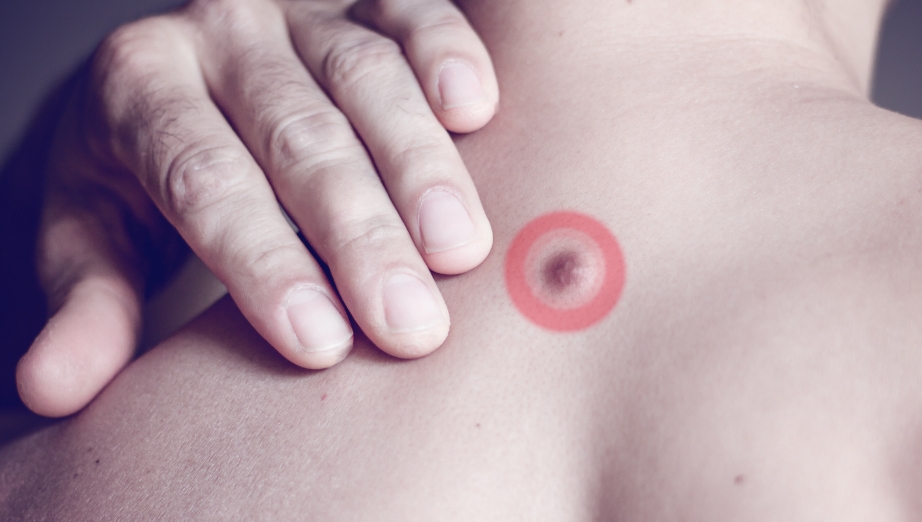Consultations for Lipomas and Sebaceous Cysts at Shellharbour Skin
At Shellharbour Skin, we provide consultations for lipomas and sebaceous cysts. Our clinic, led by Dr. Barney Gordon, is dedicated to providing thorough assessments and clear information for those exploring options for these common skin concerns.
Understanding Lipomas, Cysts, and the Consultation Process
Lipomas and sebaceous cysts are common types of skin growths. A lipoma is a lump comprised of fatty tissue, while a sebaceous cyst is a small bump beneath the skin.
During a consultation, we can discuss the nature of these growths and the procedural options available, which are typically performed with local anaesthesia. We will explain all aspects of the process, including what to expect in terms of comfort and management.
What to Expect During Your Consultation
A consultation at Shellharbour Skin provides a valuable opportunity to make an informed decision about your concerns. The focus is on:
- A Personalised Assessment: Dr. Gordon will carefully assess your area of concern to determine its nature and discuss your personal circumstances.
- Discussing Your Concerns: You will have the opportunity to discuss any discomfort or aesthetic concerns you may have in a professional and supportive environment.
- Understanding the Procedure: We will provide a detailed explanation of the proposed procedure, including pre-procedure and post-procedure considerations.
- Addressing Your Questions: Our goal is to ensure you have all the information you need. We encourage you to ask questions so you can feel confident in your understanding.

Meet Dr. Barney Gordon at Shellharbour Skin
Dr. Barney Gordon is dedicated to a patient-centric approach to care. His commitment is to providing clear, comprehensive information during each consultation. At Shellharbour Skin, you can expect a professional and caring environment where your understanding and comfort are prioritised throughout your consultation journey.
Your Consultation Experience
Your journey with Shellharbour Skin begins with a comprehensive consultation where Dr. Gordon will assess your skin, listen to your concerns, and discuss the potential options available to you. This individualised approach is central to proposing a care plan that is tailored to your specific needs and goals.
Ready to discuss your concerns? Contact Shellharbour Skin to schedule your consultation with Dr. Barney Gordon to explore the options for lipomas and sebaceous cysts. We invite you to experience our professional and informative approach in a supportive and welcoming setting.
If you have a question, get in touch and one of our staff will be in touch shortly.




